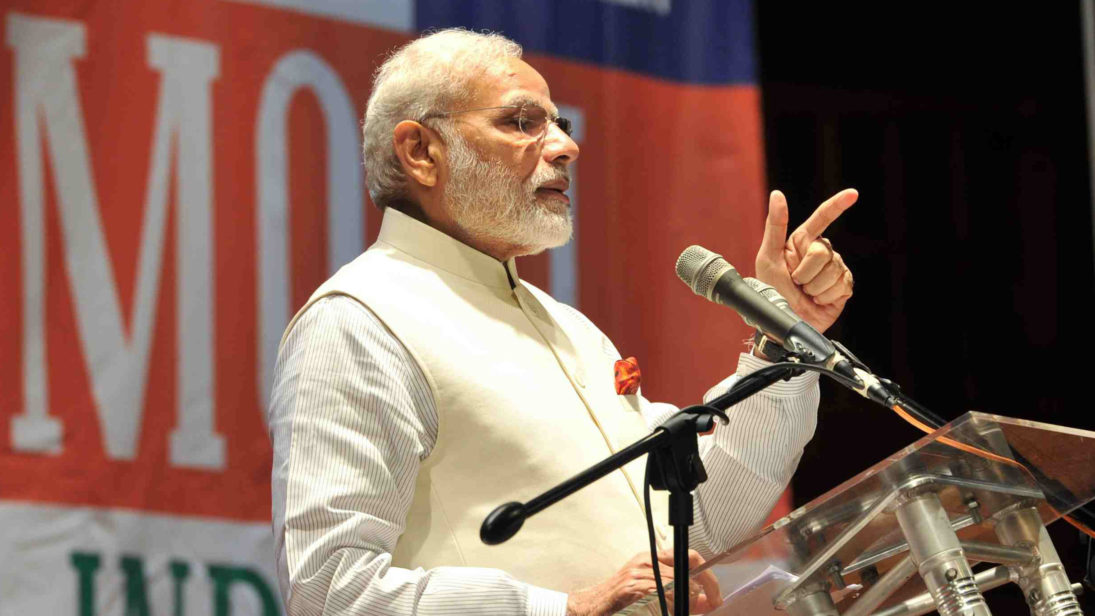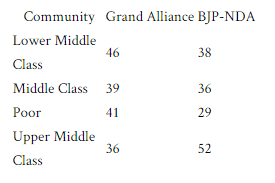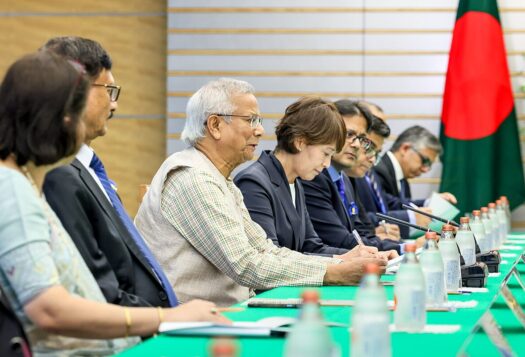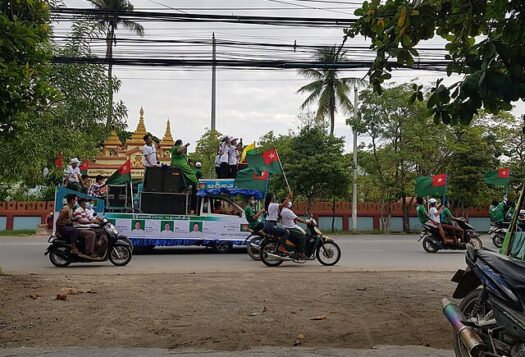
Bihar contributes only 3 per cent to India’s GDP yet is still considered an important election by investors for two good reasons. First, before the election season begins, politicians form the strategy to win the majority of votes by catering to the needs of people. Politicians trying to fulfill their election promises leads to overall growth of the state both economically and politically. Second, continued growth in the state encourages companies to set up their base in Bihar, leading to increasing employment and stemming the flow of people from Bihar to other states. These local issues of employment and development were raised by Nitish from Janata Dal United [JD(U)] during his campaigns and rallies. The Bhartiya Janata Party (BJP) on the other hand, continued to play a game of polarization that proved counter productive for the party.
The result of the Bihar elections came out last week with much hullabaloo. The Mahagathbandan or the Grand Alliance secured a majority with 178 seats. The BJP managed to win 58 seats, out of 243 seats total.
The Bihar battle was in many ways a conflict between caste and development. Undoubtedly, Bihar is highly caste-divided society and voters were looking to elect the party that would give them and their community maximum benefits, but that was not the only criteria. There were many other factors that the people of Bihar considered apart from caste before voting, including development, employment, inflation, and literacy.
While Lalu from Rastriya Janata Dal (RJD) always had a fixed vote bank, Nitish appealed more to the “floating voters”. There were a huge number of floating voters that the BJP lost only because of its strategy of polarization politics that benefitted the grand alliance. The grand alliance was famous among the Kurmeis, Koeris (Nitish voters) and Lalu managed to attract Muslim and backward class votes. The BJP-led National Democratic Alliance (NDA), on the other hand, secured the support from middle and urban class voters. The BJP managed to retain its urban vote base in Bihar, where urban residents account for 11.3 per cent of the population. Out of 53 seats that the BJP won, 27 seats are of urban areas.
What helped Grand Alliance win Bihar?
In spite of the ‘jungle raj’ that existed when Lalu was Chief Minister, people voted for him again in this election simply because they could connect with him more than they could connect with Modi and Amit Shah. JD (U) was the surprising choice for voters over RJD, especially women voters, for a couple of reasons: Nitish promoted girls education in Bihar, distributed bicycles and free medicine, introduced various pension schemes that helped people to come out of poverty and think beyond caste lines, developed roads, and stimulated growth in agriculture among other things.
The table below shows the caste divisions that helped parties to secure vote bases in Bihar.

Source: Lokniti-CSDS data, Indian Express
What went wrong with the BJP?
RSS chief Mohan Bhagwat’s comment on rethinking caste-based reservations came at the wrong time and worked against the BJP in Bihar, particularly among the backward classes. Moreover, the BJP lost its Muslim support base with the Dadri lynching episode; the silence of the Prime Minister on the killing of two Dalit children in Haryana shifted the Dalit votes to the Grand Alliance. The Beef ban failed to help the BJP to consolidate Hindu votes. Further, independent candidates that contested the election also affected the BJP share of votes. In many districts, the BJP lost with the margin of votes that were taken away by the independent candidates. The BJP could have formed alliance with many smaller parties, but did not because of arrogant overconfidence in victory in Bihar. The party lacked effective on-the-ground campaigning that affected their stature in the state. Amit Shah’s statement that if Grand Alliance comes to power, crackers will be burst in Pakistan attracted a lot of resentment from the people. In general, language of extreme intolerance was detrimental for the BJP in Bihar.
The second consecutive electoral defeat of the BJP in state assembly elections has affected the prestige and dignity of Modi. The Modi charisma that worked in the Lok Sabha 2014 election did not work in Bihar as expected. The voters of Bihar have showed their cards: they are more interested in development than hate politics. If Modi and Amit Shah continue to lead the BJP, it will be very difficult for the party to manage its internal affairs leading to intra-party divide and will disrupt BJP hopes for success in the next general elections of 2019.
***


